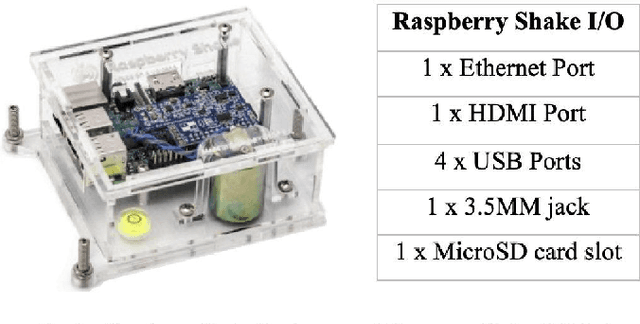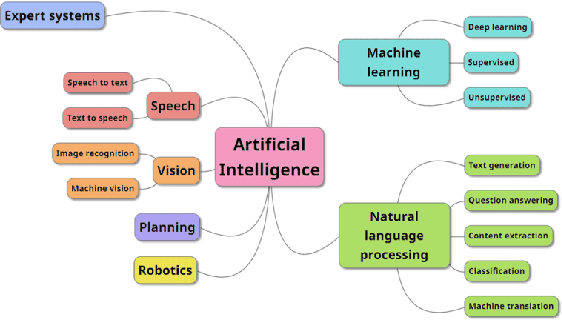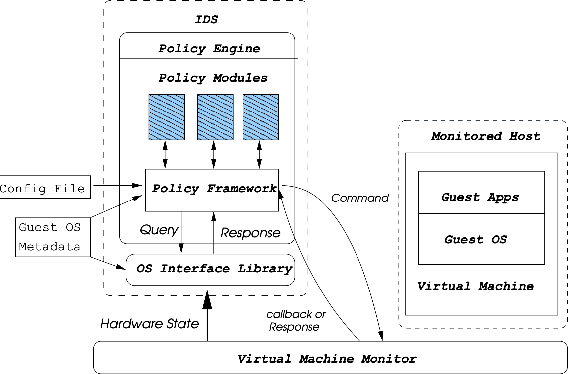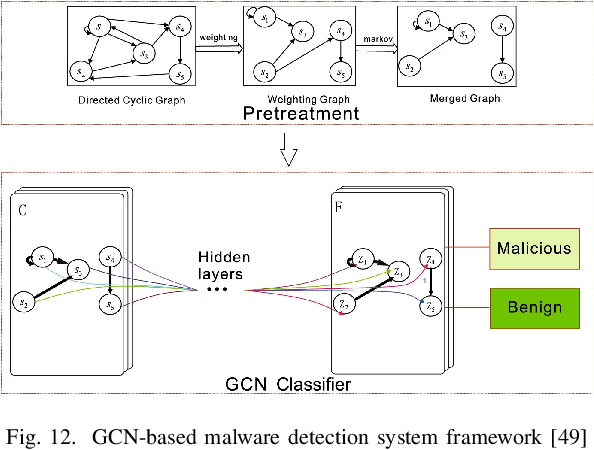Maria Valero
Optimizing Blood Transfusions and Predicting Shortages in Resource-Constrained Areas
Jun 14, 2025Abstract:Our research addresses the critical challenge of managing blood transfusions and optimizing allocation in resource-constrained regions. We present heuristic matching algorithms for donor-patient and blood bank selection, alongside machine learning methods to analyze blood transfusion acceptance data and predict potential shortages. We developed simulations to optimize blood bank operations, progressing from random allocation to a system incorporating proximity-based selection, blood type compatibility, expiration prioritization, and rarity scores. Moving from blind matching to a heuristic-based approach yielded a 28.6% marginal improvement in blood request acceptance, while a multi-level heuristic matching resulted in a 47.6% improvement. For shortage prediction, we compared Long Short-Term Memory (LSTM) networks, Linear Regression, and AutoRegressive Integrated Moving Average (ARIMA) models, trained on 170 days of historical data. Linear Regression slightly outperformed others with a 1.40% average absolute percentage difference in predictions. Our solution leverages a Cassandra NoSQL database, integrating heuristic optimization and shortage prediction to proactively manage blood resources. This scalable approach, designed for resource-constrained environments, considers factors such as proximity, blood type compatibility, inventory expiration, and rarity. Future developments will incorporate real-world data and additional variables to improve prediction accuracy and optimization performance.
* 12 pages, 9 figures, International Conference on Health Informatics
A Novel IoT-based Framework for Non-Invasive Human Hygiene Monitoring using Machine Learning Techniques
Jul 07, 2022



Abstract:People's personal hygiene habits speak volumes about the condition of taking care of their bodies and health in daily lifestyle. Maintaining good hygiene practices not only reduces the chances of contracting a disease but could also reduce the risk of spreading illness within the community. Given the current pandemic, daily habits such as washing hands or taking regular showers have taken primary importance among people, especially for the elderly population living alone at home or in an assisted living facility. This paper presents a novel and non-invasive framework for monitoring human hygiene using vibration sensors where we adopt Machine Learning techniques. The approach is based on a combination of a geophone sensor, a digitizer, and a cost-efficient computer board in a practical enclosure. Monitoring daily hygiene routines may help healthcare professionals be proactive rather than reactive in identifying and controlling the spread of potential outbreaks within the community. The experimental result indicates that applying a Support Vector Machine (SVM) for binary classification exhibits a promising accuracy of ~95% in the classification of different hygiene habits. Furthermore, both tree-based classifier (Random Forrest and Decision Tree) outperforms other models by achieving the highest accuracy (100%), which means that classifying hygiene events using vibration and non-invasive sensors is possible for monitoring hygiene activity.
Malware Detection and Prevention using Artificial Intelligence Techniques
Jun 26, 2022



Abstract:With the rapid technological advancement, security has become a major issue due to the increase in malware activity that poses a serious threat to the security and safety of both computer systems and stakeholders. To maintain stakeholders, particularly, end users security, protecting the data from fraudulent efforts is one of the most pressing concerns. A set of malicious programming code, scripts, active content, or intrusive software that is designed to destroy intended computer systems and programs or mobile and web applications is referred to as malware. According to a study, naive users are unable to distinguish between malicious and benign applications. Thus, computer systems and mobile applications should be designed to detect malicious activities towards protecting the stakeholders. A number of algorithms are available to detect malware activities by utilizing novel concepts including Artificial Intelligence, Machine Learning, and Deep Learning. In this study, we emphasize Artificial Intelligence (AI) based techniques for detecting and preventing malware activity. We present a detailed review of current malware detection technologies, their shortcomings, and ways to improve efficiency. Our study shows that adopting futuristic approaches for the development of malware detection applications shall provide significant advantages. The comprehension of this synthesis shall help researchers for further research on malware detection and prevention using AI.
 Add to Chrome
Add to Chrome Add to Firefox
Add to Firefox Add to Edge
Add to Edge